Advancements in Treatment Modalities
Innovations in treatment modalities for Age-Related Macular Degeneration are driving the Age-Related Macular Degeneration Market forward. Recent advancements include the development of novel pharmacological agents, such as anti-VEGF therapies, which have shown promising results in clinical trials. These therapies are designed to inhibit the growth of abnormal blood vessels in the retina, thereby slowing disease progression. Additionally, the introduction of gene therapy and stem cell treatments offers potential new avenues for AMD management. The market is witnessing a surge in clinical trials aimed at evaluating these innovative therapies, which could lead to improved patient outcomes and increased market share for companies involved in the Age-Related Macular Degeneration Market.
Regulatory Support and Policy Initiatives
Regulatory support and favorable policy initiatives are emerging as key drivers for the Age-Related Macular Degeneration Market. Governments and regulatory bodies are increasingly recognizing the burden of AMD on public health and are implementing policies to facilitate the approval of new therapies. Streamlined regulatory pathways and incentives for research and development are encouraging companies to invest in AMD-related projects. Additionally, reimbursement policies that support the use of innovative treatments are likely to enhance patient access to care. This supportive regulatory environment is expected to stimulate growth in the Age-Related Macular Degeneration Market, as it encourages the development and commercialization of new therapeutic options.
Growing Awareness and Screening Initiatives
The rise in awareness regarding Age-Related Macular Degeneration is significantly influencing the Age-Related Macular Degeneration Market. Public health campaigns and educational initiatives are increasingly emphasizing the importance of early detection and regular eye examinations. As awareness grows, more individuals are likely to seek screening for AMD, leading to earlier diagnosis and treatment. This trend is supported by various organizations advocating for eye health, which has resulted in increased funding for screening programs. Consequently, the heightened focus on AMD awareness is expected to drive demand for diagnostic tools and treatment options, thereby positively impacting the Age-Related Macular Degeneration Market.
Increased Investment in Research and Development
Investment in research and development within the Age-Related Macular Degeneration Market is on the rise, driven by the urgent need for effective therapies. Pharmaceutical companies and research institutions are allocating substantial resources to explore new treatment options and improve existing therapies. This trend is evidenced by the growing number of clinical trials focused on AMD, which have increased significantly in recent years. The commitment to R&D is likely to yield innovative solutions that address unmet medical needs, thereby enhancing the competitive landscape of the Age-Related Macular Degeneration Market. Furthermore, collaborations between academia and industry are fostering an environment conducive to breakthroughs in AMD treatment.
Rising Prevalence of Age-Related Macular Degeneration
The increasing prevalence of Age-Related Macular Degeneration (AMD) is a primary driver for the Age-Related Macular Degeneration Market. As populations age, the incidence of AMD is expected to rise significantly. According to recent estimates, nearly 196 million individuals are projected to be affected by AMD by 2020, with numbers expected to reach 288 million by 2040. This growing patient population necessitates the development and availability of effective treatment options, thereby propelling market growth. Furthermore, the aging demographic is likely to increase the demand for healthcare services and interventions related to AMD, which in turn stimulates investment in research and development within the Age-Related Macular Degeneration Market.
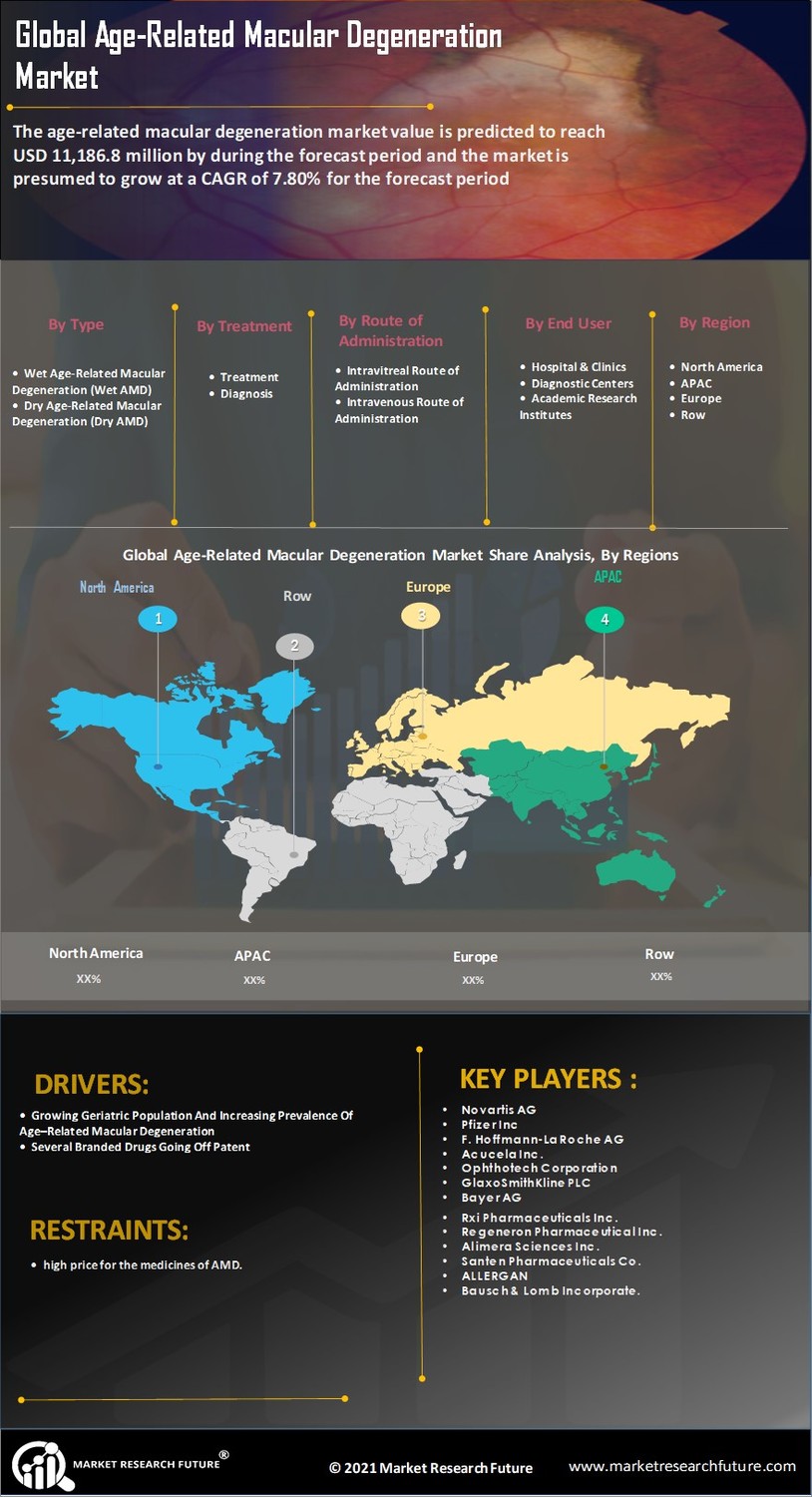

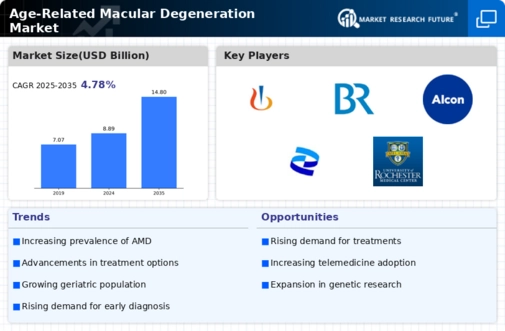
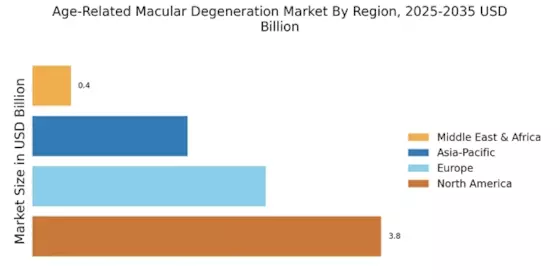
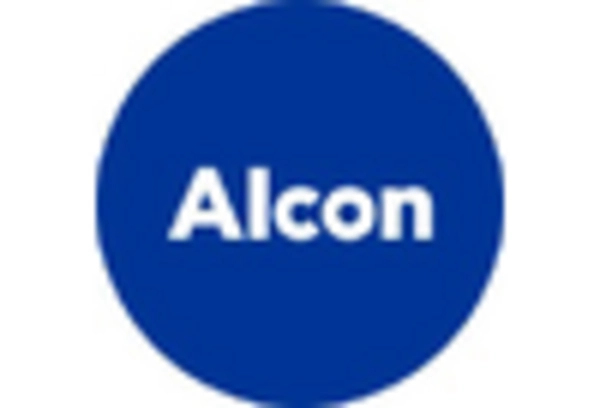
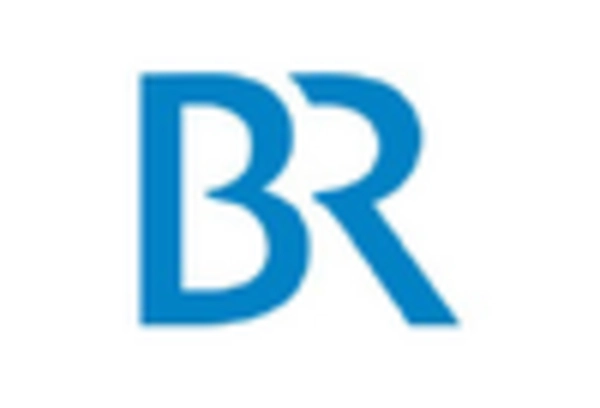

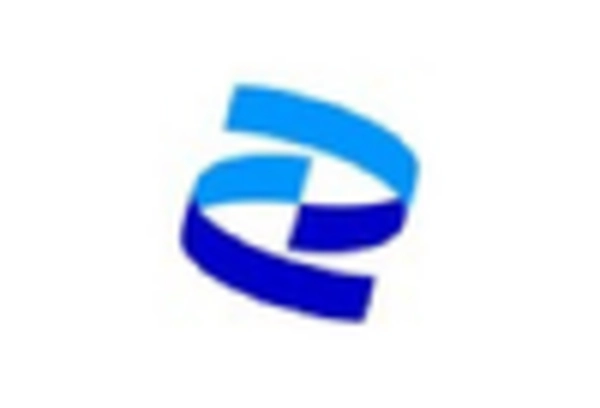
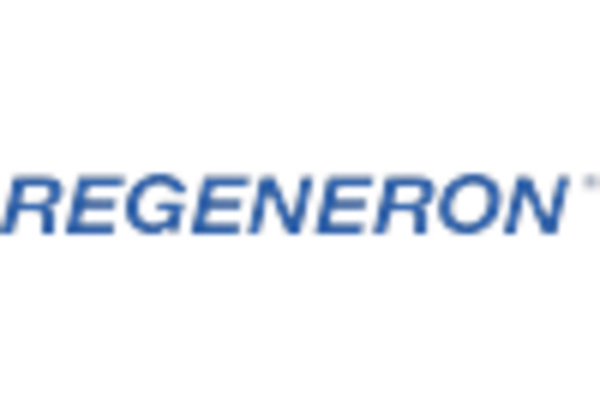









Leave a Comment